The International Collaborative (T) climate change adaptation work
Exploring alternative livestock management practice is important for demonstrating climate change adaptation options. This goes hand-in-hand with new approaches to agriculture.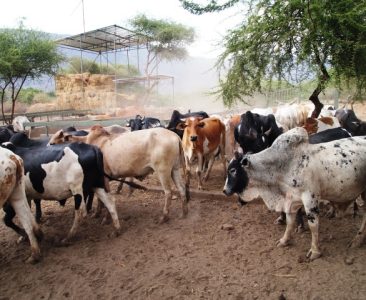
In September 2017, the International Collaborative (T) opened the Manyara Feedlot for livestock. Located near good water sources on thirteen acres in the Rift Valley. North of Mto wa Mbu it is in the village of Mungere. 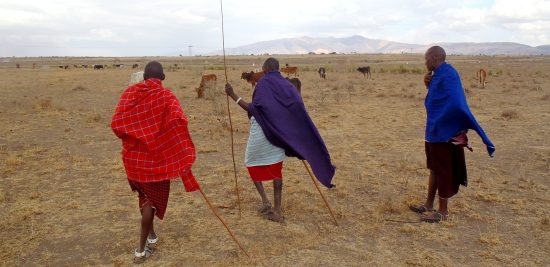
Manyara is a practical operating facility, concretely helping Maasai herders safely manage cattle during drought and when grass is limited. It is also for research, experimentation, teaching, and learning.
A challenge to traditional Maasai livestock management practice
The Maasai’s traditional herding practices have made them East Africa’s most famous pastoralists. Ancient methods are likely to be well adapted to the environment. So why is it so critical to review livestock management methods now for this rain-based economy?
Livestock losses during climate change related drought
Recent years have brought periods of serious droughtfDuring the 2016 drought, the people could not prevent the widespread death of their cows. In some cases, this represented a devastating percentage of the herd. Many Maasai men find it psychologically difficult to sell cows for cash. For them, an increasing herd is a blessing and the right way to store wealth. But herders with many head of cattle experience high losses during drought because grass for grazing becomes scarce.
Adapting livestock management practice
Smaller herds offer better survival rates during drought. Holding a constant herd size means selling a portion of the herd every season. This change requires thinking of cows as something to harvest, rather than as possessions. The value of these cows can be used to buy feed and relieve poverty in the family and community.
The International Collaborative (T) helps the herders think critically about their livestock management practices. Project Manager Kisioki Moitiko, himself a successful Maasai herder, knows that the individualistic traditional practices, including maintaining large herds, will no longer succeed.
There are many Maasai in southern Kenya who have already cut the size of their herds by as much as two thirds. These herders are creating an economy and a psychology that does well with herds of constant size. Grassland use planning is the other essential element in better cattle management. Areas of grass can be saved for later grazing only if Maasai men work together and adopt collective grazing practices.
The ICSEE (T) Fodder Factory—turning waste into valuable food
The International Collaborative (T) is very happy to use ingredients that are “waste” residues of other processes in its cow fodder manufacturing process. Leftovers from commercial production of white corn flour, maize bran, is full of good nutrients. Sunflower cake, left when oil is pressed from sunflower seeds, is still full of calories and protein. And corncobs, left over from the human staple, provide additional calories, bulk, and fiber. 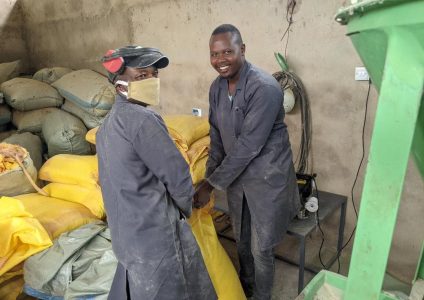
Self-sustaining fodder production
The ICSEE(T) buys ingredients when prices are low, protecting them in the Factory’s high-quality storage bins until they are needed. This allows an adequate fodder supply to carry through the dry seasons, whenever they come.
This is an example of how it is possible to turn “waste” into something of great value in an environmentally and financially sustainable way.
Getting started with livestock
Early in 2017, International Collaborative representatives went to Kenya to meet the Maasai innovators. When they returned home, they presented the new ideas back home to Tanzanian Maasai leaders. Forty-six leaders went to Noongishu Conservancy in Kenya to visit the collectively-managed herds and to attend workshops.
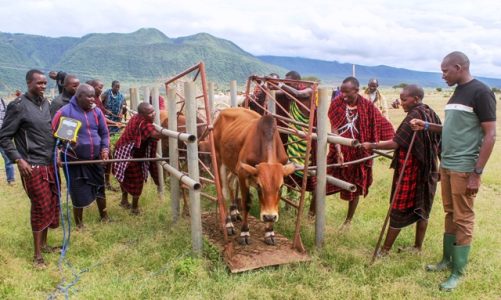

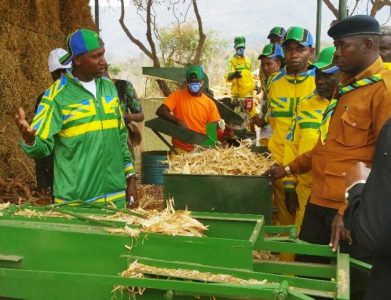
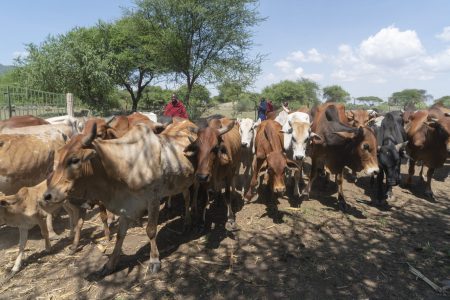
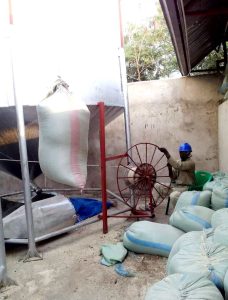
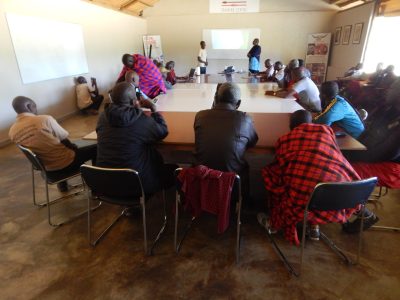
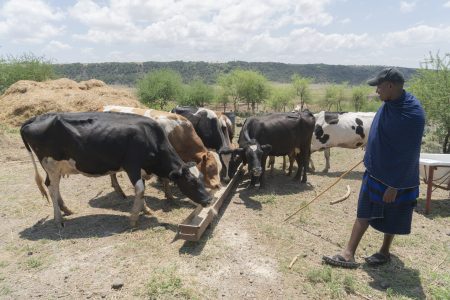
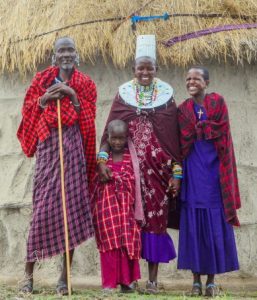

 International Collaborative for Science, Education, and the Environment
International Collaborative for Science, Education, and the Environment